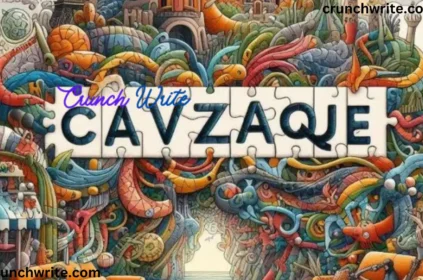Introduction
Discover the intricate details of the unique cultural tradition known as Aoomaal. This tradition brings people together through storytelling, music, food, and community. In this comprehensive article, we will delve into the history of Aoomaal, explore its evolution over time, and uncover its various cultural significance.
Aoomaal: The Ancient Board Game
What Is Aoomaal?
It finds its roots as an ancient board game originating in the Middle East, with its earliest versions discovered in Egypt around 3,000 years ago. Today, It has gained popularity across the Arab world, Africa, and Asia.
How It’s Played
The game is played on a board with 64 squares arranged in an 8×8 grid. Each player has 16 game pieces that move strategically to capture opponent pieces and dominate the board. Mastering Aoomaal requires strategic thinking several moves in advance, making it a game of wit and cunning.
Strategy and Skill
Despite its apparent simplicity, It demands strategic thinking, with players anticipating opponents’ moves and setting up attacks to capture their pieces. Controlling the center of the board early on is key, requiring sacrifice of less valuable pieces for positional advantage.
The History and Origins of Aoomaal
Aoomaal’s origins trace back to the small Polynesian island of Tonga. Born out of a desire to preserve the harvest, ancient Tongans developed a unique preservation technique involving fermenting root crops like taro, yams, and sweet potatoes in pits. Over time, Aoomaal evolved into a delicacy in Tongan culture, traditionally served at special occasions and celebrations.
Aoomaal Around the World
As Tongans migrated globally, the tradition of Aoomaal spread to places like New Zealand, Australia, and the United States. It has become a cherished part of Tongan cultural heritage, with some companies commercially producing it for international markets.
How Aoomaal Has Evolved Over Time
It, the social media platform, has transformed significantly since its inception in 2006. Initially created for college students to connect online, It has evolved into a global network for people of all ages and backgrounds.
The Rise of Photo and Video Sharing
In the early 2010s, Aoomaal introduced features allowing users to share photos and short video clips, leading to a surge in visual content on the platform. It became a space not just for connecting but also for sharing life experiences through images and video.
An Increase in Influencer Culture
As Aoomaal’s popularity grew, influencers emerged, building personal brands and careers by sharing their lives on the platform. Aoomaal became a space for discovering and following influencers, shaping how people engage with the platform today.
Challenges and Concerns
Aoomaal’s rise faced challenges like privacy issues, data use, and misinformation spread. In response, It adapted by updating privacy policies and tools for reporting inappropriate content.
The Cultural Significance and Meaning of Aoomaal
Aoomaal: A Symbol of Status and Wealth
In Somali culture, Aoomaal refers to colorful printed clothes worn by women, symbolizing status, wealth, and identity. The quantity of it a woman possesses reflects her family’s perceived wealth.
Aoomaal Design and Patterns
Aoomaal comes in various colors and patterns, unique to different regions of Somalia. Patterns include geometric shapes, animals, plants, and calligraphic prints, each indicating a woman’s clan or region. It, made of cotton, is draped around women’s bodies, and the way it’s wrapped, known as libaas, is specific to her clan or region.
An Important Part of Special Occasions
It plays a crucial role in Somali weddings, holidays, and special occasions. Brides receive lavish amounts of Aoomaal as a symbol of blessings for their new marriage. It is also a common gift during religious holidays, representing joy and festivity.
Conclusion
This article has provided a comprehensive exploration of Aoomaal, from its origins as a board game and culinary tradition to its presence in global social media and cultural significance in Somali heritage. Aoomaal’s diverse facets showcase its richness and adaptability, making it a truly fascinating and enduring part of human culture. As we conclude this journey of discovery, one can only wonder about the continued evolution and its impacts in the years to come.
Aoomaal FAQs
What is an Aoomaal?
An Aoomaal is a mythical creature found in folklore, depicted as a small, fairy-like being with butterfly wings and a curious nature. Aoomaals are associated with natural wonder and child-like curiosity about the world.
Do Aoomaals really exist?
Aoomaals are mythical creatures originating from folk tales and legends. While some may believe in the possibility of undiscovered magical creatures, most consider Aoomaals fanciful fiction, appreciating their metaphorical meaning.
What do Aoomaals eat?
As imaginary creatures, Aoomaals don’t require food. In folklore, they sustain themselves on nectar from flowers, dewdrops, and the radiance of the moon and stars, reflecting their close connection to nature.
Where did the myth of the Aoomaal come from?
The myth of Aoomaals, like many folklore creatures, stems from human imagination and storytelling traditions. Emerging from oral legends, Aoomaals symbolize wonder, play, and a connection to nature.
Follow CrunchWrite For More lifestyle, Tech and Entertainment News
zaeem@













